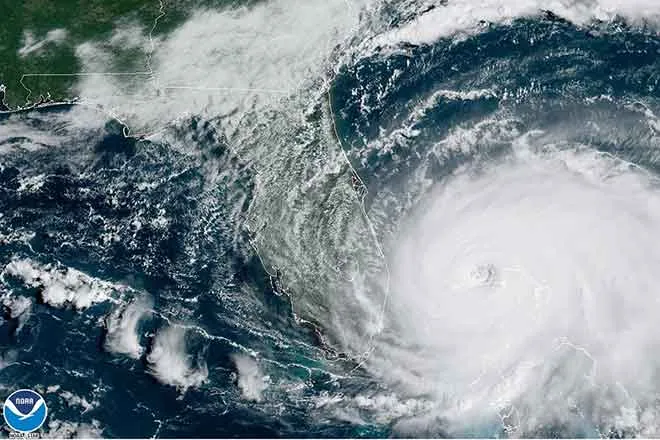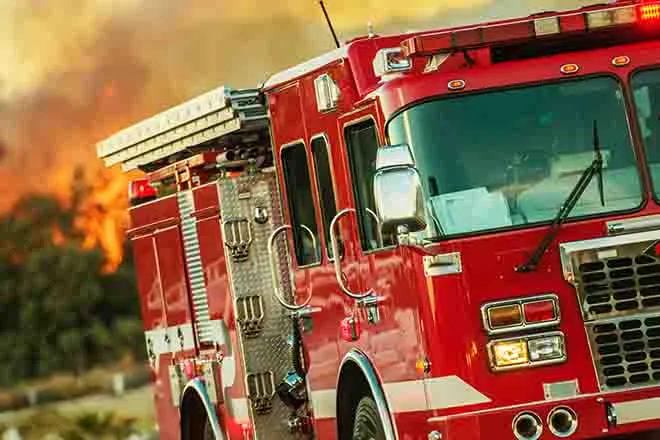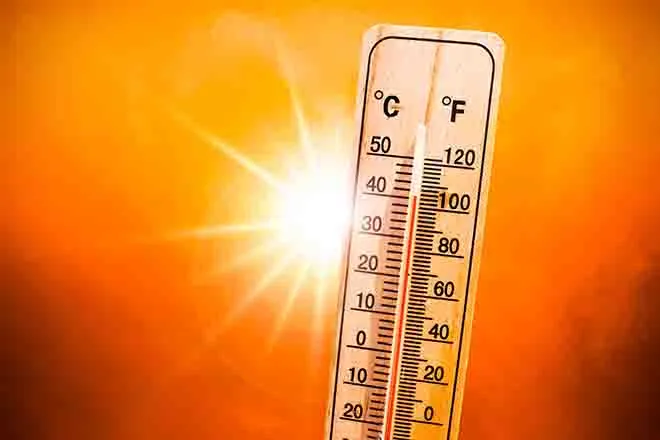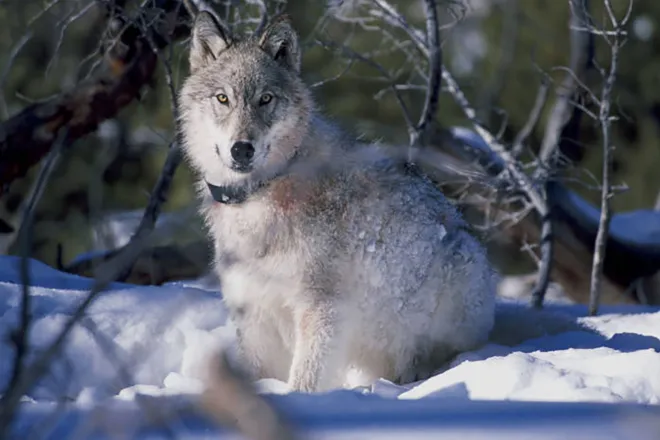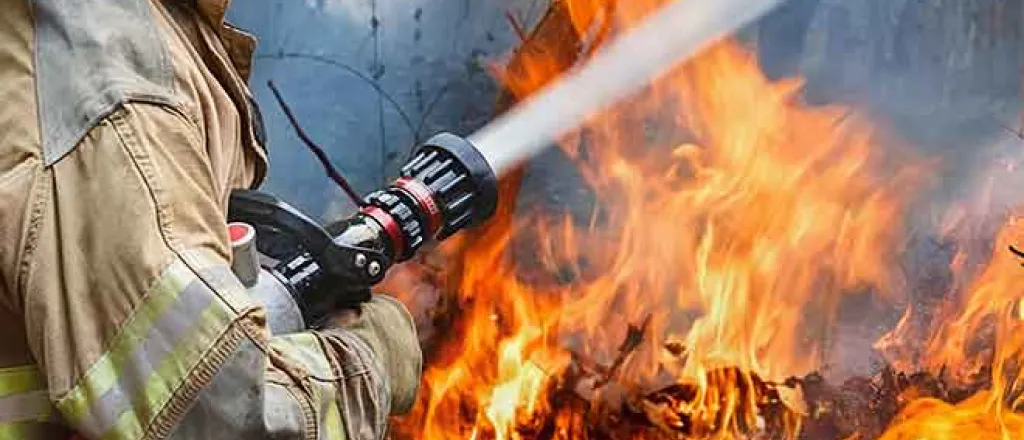
Recent wildfires are reminders to prepare
The pictures, video and news reports coming out of western Nebraska and the Texas Panhandle this week are another eye opener of the destructive power of wildfire. Homes, farms, ranches, pastures, fences, crops and livestock all lost in a matter of minutes. Communities surrounded without evacuation routes, cut off by fire. A nightmare for those who live through it. Now is the time to make sure your family, home and facilities are wildfire ready.
Start by making and emergency plan. There are many resources to help you develop an emergency plan, but here are some basic things to think about. If a wildfire was approaching your home or facilities, what would you do?
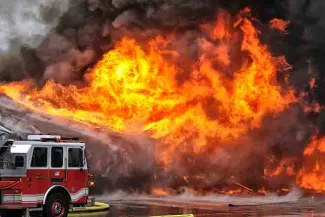
© iStock - Glenn_Hewitt
First priority is always people. If you have to evacuate with little time to spare, have a pre-selected meeting site and a backup site for your family and employees. It may be a local landmark, a school, church, or community building. It could even be at a neighbor’s or extended family’s home. Second priority is animals including pets and livestock. Can you take pets to your meeting site? How will you transport them? What about livestock? Do they need to be loaded and transported or just open gates and relocate them to a different pasture.
Last priority is personal belongings. Things can be replaced, but you may have some important documents and personal care items you need to take with you when you evacuate. Are documents easily accessible and can be gathered quickly? Are personal care items like medications easy to find and gather or are prescriptions available to refill any medications left behind.
If fires are a threat or in the area, putting together a disaster bag or box with the most essential items may also be advisable. This would be your “grab and go” or “bug out” bag to take with you as you evacuate.
To defend your home, facilities, and assets from wildfire damage, start with wildfire defense zones. These are areas around your property that, when properly maintained, can help lessen wildfire damage and make it easier for firefighters to protect your property.
- Start with Zone 1 which includes the home or other structures and extends out to at least 5 feet. In this zone, non-flammable materials including deck materials, patio furniture and fences should be used to prevent the spread of fire to the building. Landscaping should also be low growing and well-spaced to prevent the spread of a fire from plants to the building.
- Zone 2 extends 5 feet from buildings to 30 feet away. In this zone trees need to be trimmed 6 to 10 feet up from the ground. Individual trees or small groups of trees should be 30 feet apart to prevent fire spreading from tree to tree. Grass should also be mowed down to 4 inches or less.
- Zone 3 begins 30 feet from buildings and continues to 100 feet from all structures. The main goal in this zone is to keep any fires low. Again, trim trees up and keep brush, weeds and grass trimmed to prevent what are considered ladder fires where flames can leave the ground and move up into trees. Also remove piles of limbs or flammable materials like trash lumber piles, or any other flammable materials.
Wildfires are unpredictable, fast moving and sometimes uncontrollable. Being prepared for a wildfire is the best prevention. Get with your family and employees to make an emergency plan for wildfires. Protect your property and structures with wildfire defense zones. For additional information on wildfire preparedness go to www.csfs.colostate.edu/wildfire-mitigation/, http://www.ready.gov and www.redcross.org


